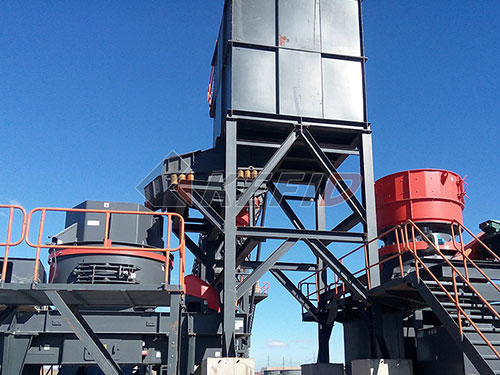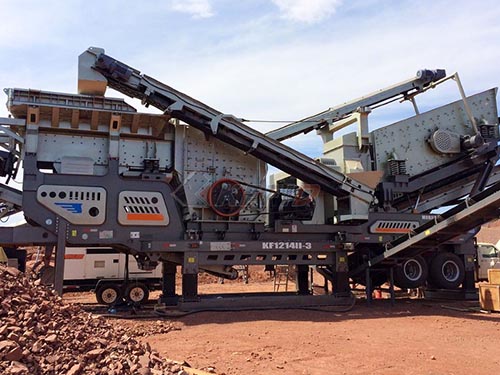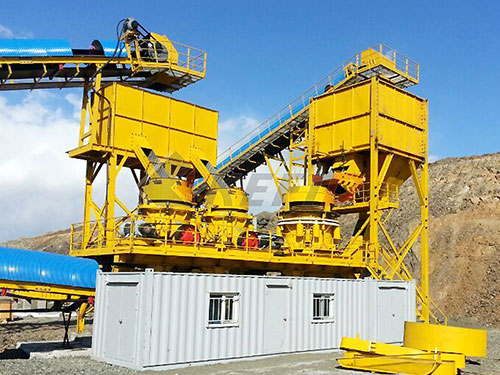Unlocking Efficiency: The Power of Hydro Cone Crushers & Leveraging PDF Resources
Introduction
In the demanding world of mineral processing and aggregate production, achieving optimal size reduction efficiently and reliably is paramount. Among the most sophisticated tools for this task are Hydro Cone Crushers. These machines represent a significant evolution from traditional cone crushers, integrating advanced hydraulic systems that enhance performance, safety, and control. Understanding their operation and maintenance is crucial for maximizing productivity, and PDF documentation plays a vital role in disseminating this critical knowledge.
The Core Principle: Hydraulic Power
At its heart, a Hydro Cone Crusher operates on the same fundamental principle as other cone crushers: material is compressed between a gyrating mantle and a stationary concave liner (bowl liner). The key differentiator lies in its extensive use of hydraulics:
1. Hydraulic Adjustment: Instead of mechanical springs or manual shims for setting the crusher’s closed-side setting (CSS) – the narrowest gap between mantle and concave at the bottom of the crushing chamber – hydro cones use hydraulic cylinders located under the main frame assembly.
Advantages: Allows for rapid, precise CSS adjustments during operation without stopping the machine. This enables quick compensation for liner wear or adaptation to changing feed conditions, maximizing throughput and product consistency.
2. Hydraulic Tramp Release & Overload Protection: This is arguably the most critical safety feature.

Mechanism: A hydraulic accumulator system supports the main shaft assembly.
Function: If uncrushable material (tramp iron) enters the chamber or an overload occurs, pressure builds rapidly in this system.
Action: Exceeding a preset pressure threshold triggers valves to open instantly. Hydraulic fluid flows out of supporting cylinders beneath the main shaft assembly.
Result: The entire head/shaft assembly drops down significantly (“tramps”), increasing the discharge opening dramatically to allow the uncrushable object to pass through harmlessly.
Reset: Once cleared, hydraulic pumps automatically refill cylinders to return precisely to the original CSS setting within seconds – minimizing downtime significantly compared to mechanical spring systems that often require manual intervention and longer restarts.
3. Hydraulic Clamping & Clearing: Hydraulics are used to securely clamp liners in place during operation and facilitate their removal during change-outs via lifting mechanisms integrated into hydraulic cylinders.

Advantages of Hydro Cone Crushers

Leave a Reply